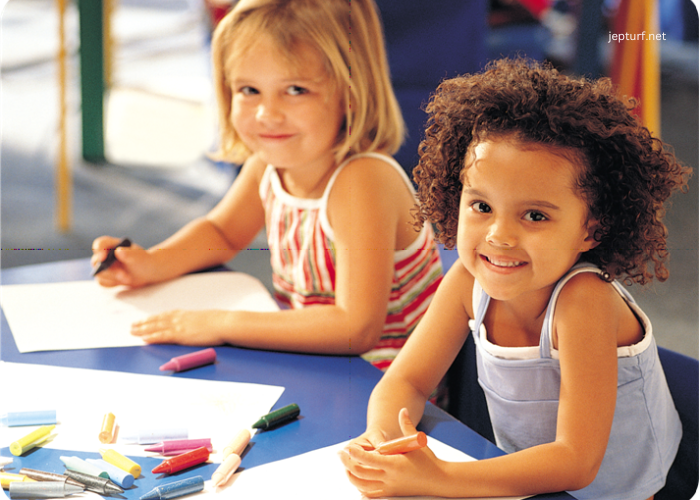How often do you notice children struggling to communicate effectively with others?
Speech and language disorders can impact kids in unique ways. These difficulties often affect their ability to express ideas, understand others, or form sentences. Seeking early support ensures children get the help they need to thrive. This article explores how speech therapy can help kids overcome these issues. Let’s uncover the common disorders therapists address and how they support young learners.
Articulation Issues in Young Children
Articulation issues are one of the most common concerns parents notice. A paediatric speech therapist often works closely with children to improve sound production. Many kids struggle to pronounce sounds clearly or combine them correctly into words.
These difficulties can make communication frustrating for kids and adults alike. They use games, repetition, and creative exercises to make sessions engaging and effective. Through personalised strategies, kids gain confidence in expressing themselves clearly, one word at a time.
Delays in Language Development
Some children face delays in reaching speech and language milestones. These delays can make it hard for them to follow instructions or build vocabulary. A therapist focuses on enhancing their ability to understand and use language effectively.
Simple activities like storytelling and play-based learning are often used. These fun and interactive techniques help kids stay motivated and engaged. Gradually, kids can catch up with their peers, gaining essential communication skills along the way.
Fluency and Stuttering Disorders
Stuttering or fluency disorders often surface when kids start speaking more. These disruptions can impact their confidence in speaking to peers or teachers. Therapists guide children in developing smoother speech patterns over time.
Specialised techniques may include exercises to control breathing or manage speaking pace. Parents are often involved in encouraging practice at home. With consistent effort and encouragement, kids can find speaking more enjoyable and less stressful, paving the way for better self-esteem.
Social Communication Difficulties
Developing social skills is crucial for forming connections and managing everyday interactions effectively. Some children find it hard to pick up on social cues or maintain conversations. Therapists support these kids by teaching essential skills, such as eye contact or turn-taking.
Group therapy sessions can also help kids practice with peers in a safe setting. These tools enable children to connect more easily with friends and family. Building these skills opens up opportunities for stronger bonds and improved confidence.
Difficulties in Understanding Instructions
Many children struggle with comprehending spoken instructions, especially in group settings. This issue can lead to frustration in classrooms or social situations. Speech therapy focuses on improving listening and comprehension skills. Through structured activities, kids learn to follow directions and respond appropriately. These exercises can include sorting tasks, role-playing, and interactive games. Improved comprehension not only eases their daily disorders but also boosts their academic performance significantly.
Strengthening Verbal Confidence
Many children with communication disorders feel hesitant to speak in public or social settings. Building verbal confidence is a key focus during therapy. Therapists create a supportive environment where kids feel safe to express themselves. Activities like role-playing, storytelling, and positive reinforcement are often used. As children gain confidence, they become more willing to participate in conversations and share their thoughts openly.
Encouraging early support from a speech therapist can unlock a child’s potential. Consider reaching out to a trusted paediatric speech therapist to explore how they can help your child succeed. Each milestone reached builds their confidence and helps them shine. Timely intervention improves communication and fosters emotional well-being and social growth.







